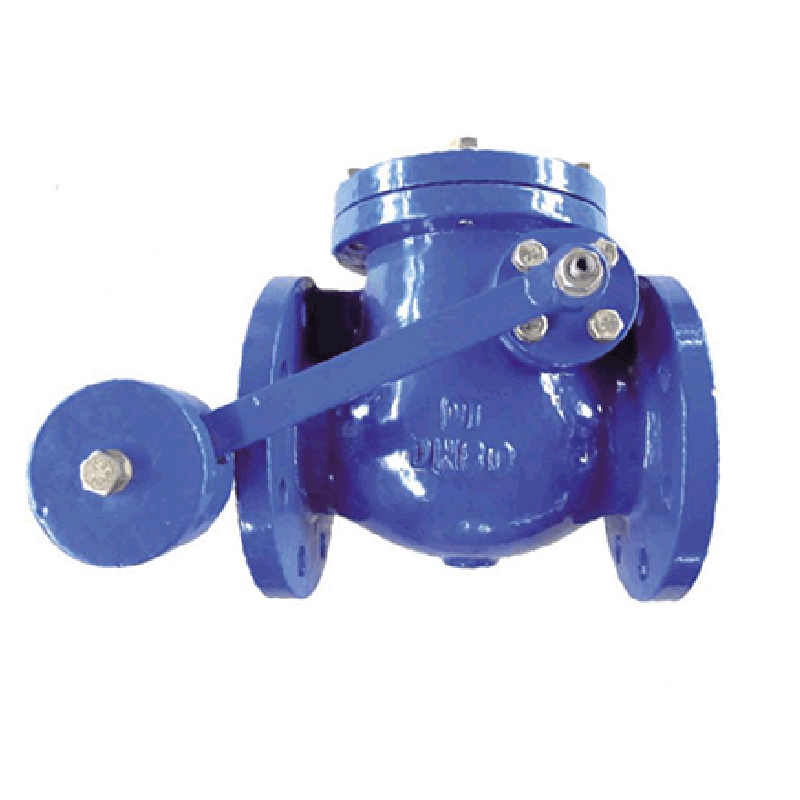10 月 . 22, 2024 14:05 Back to list
Overview of Electronic Ball Valve Technology and Applications in Modern Systems
Understanding Electronic Ball Valves A Comprehensive Overview
Electronic ball valves have emerged as a vital component in various industrial and residential applications, innovating how fluids are controlled and managed. Unlike traditional valves that rely purely on manual operations or pneumatic systems, electronic ball valves offer precision, efficiency, and ease of integration into modern automated systems. In this article, we will explore the fundamental principles governing electronic ball valves, their advantages, applications, and future trends.
What is an Electronic Ball Valve?
An electronic ball valve is a type of valve that utilizes a motor or actuator to control the opening and closing of a ball-shaped disk inside the valve body. This disk has a hole in the center, allowing for the flow of liquid or gas when aligned with the inlet and outlet ports. The valve can either be fully open, fully closed, or partially opened, allowing for precise control over the flow rate. The electronic component allows for automated operation, often integrating with control systems for remote or programmed control.
How Does It Work?
The operation of an electronic ball valve involves several key components the valve body, the ball, the actuator, and the control system. The actuator, which can be electric, pneumatic, or hydraulic, receives signals from the control system. This signal can be a simple switch, a modulating control, or a programmable logic controller (PLC) responsible for more complex operations.
When the actuator receives a signal, it rotates the ball within the valve body. If the signal instructs the valve to open, the actuator will turn the ball to align the hole with the flow path, allowing fluid to pass through. Conversely, when it’s commanded to close, the actuator will turn the ball perpendicular to the flow direction, effectively blocking the passage.
Advantages of Electronic Ball Valves
2. Speed of Operation These valves can open or close quickly, allowing for rapid adjustments in the system, which is especially important in processes requiring immediate response.
electronic ball valve

3. Energy Efficiency By minimizing pressure drops during operation and ensuring that systems operate within optimal parameters, electronic ball valves contribute to overall energy savings.
4. Remote Control Capability Integration with control systems allows operators to manage valve positions from a distance, enhancing safety and convenience, especially in hazardous environments.
5. Reduced Maintenance Electronic ball valves often have fewer mechanical components than traditional valves, leading to reduced wear and tear and lower maintenance costs.
Applications
Electronic ball valves are used across various sectors due to their versatility. In the agricultural sector, they help manage irrigation systems with precision, enabling farmers to optimize water usage. In manufacturing, they control the flow of various fluids, ensuring production processes run smoothly. HVAC systems utilize electronic ball valves to regulate temperature and airflow, improving energy efficiency and comfort. Additionally, in pharmaceuticals and food processing, these valves maintain hygiene standards while managing flow control.
Future Trends
As industries strive for automation and increased efficiency, the demand for electronic ball valves is projected to grow. Innovation in smart technology, such as IoT integration, is expected to enhance their functionality. Smart electronic ball valves could monitor fluid flow and pressure in real-time, providing feedback to operators and triggering automatic adjustments as needed. This shift towards digitalization will not only enhance operational efficiency but also ensure greater safety and reliability in fluid control systems.
Conclusion
Electronic ball valves represent a significant advancement in fluid control technology. Their precise operation, speed, energy efficiency, and ease of integration into automated systems make them an invaluable tool across a broad spectrum of applications. As technology continues to evolve, the role of electronic ball valves is likely to expand, making them an essential component of modern industrial and residential systems. Embracing these innovations will help businesses streamline operations and maintain competitive advantages in an increasingly automated world.
Share
-
Understanding the Differences Between Wafer Type Butterfly Valve and Lugged Butterfly ValveNewsOct.25,2024
-
The Efficiency of Wafer Type Butterfly Valve and Lugged Butterfly ValveNewsOct.25,2024
-
The Ultimate Guide to Industrial Swing Check Valve: Performance, Installation, and MaintenanceNewsOct.25,2024
-
Superior Performance with Industrial Swing Check Valve: The Essential Valve for Any SystemNewsOct.25,2024
-
Industrial Swing Check Valve: The Ideal Solution for Flow ControlNewsOct.25,2024
-
You Need to Know About Industrial Swing Check Valve: Functionality, Scope, and PerformanceNewsOct.25,2024